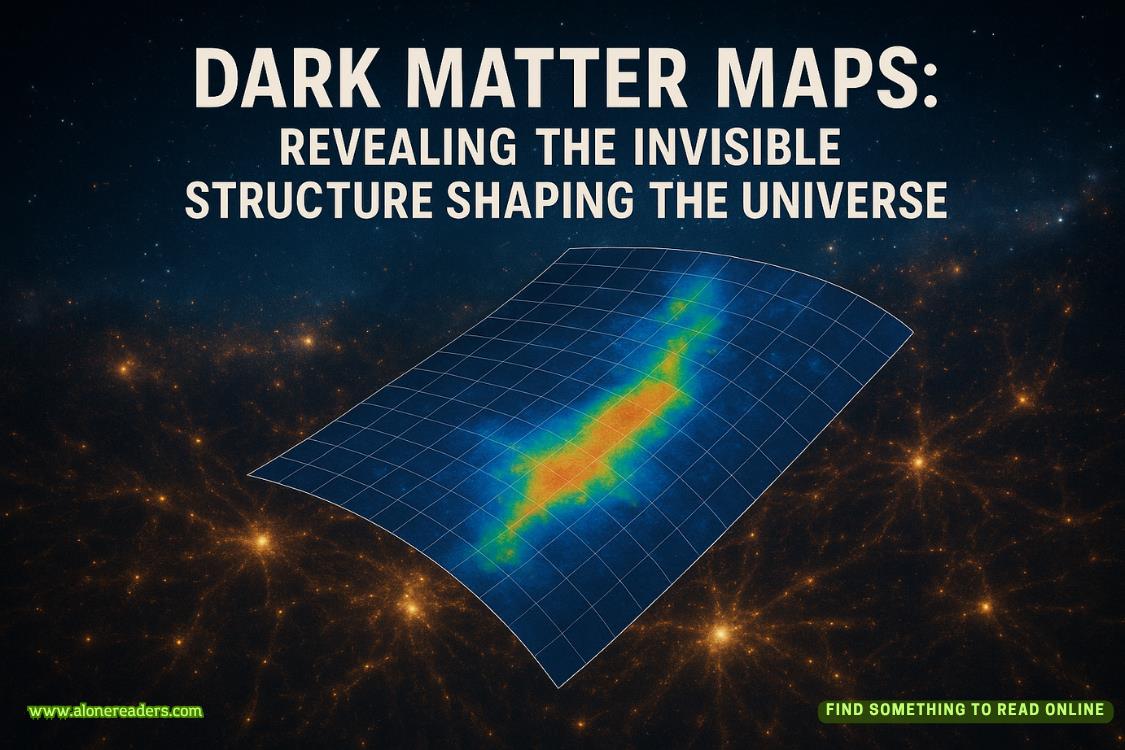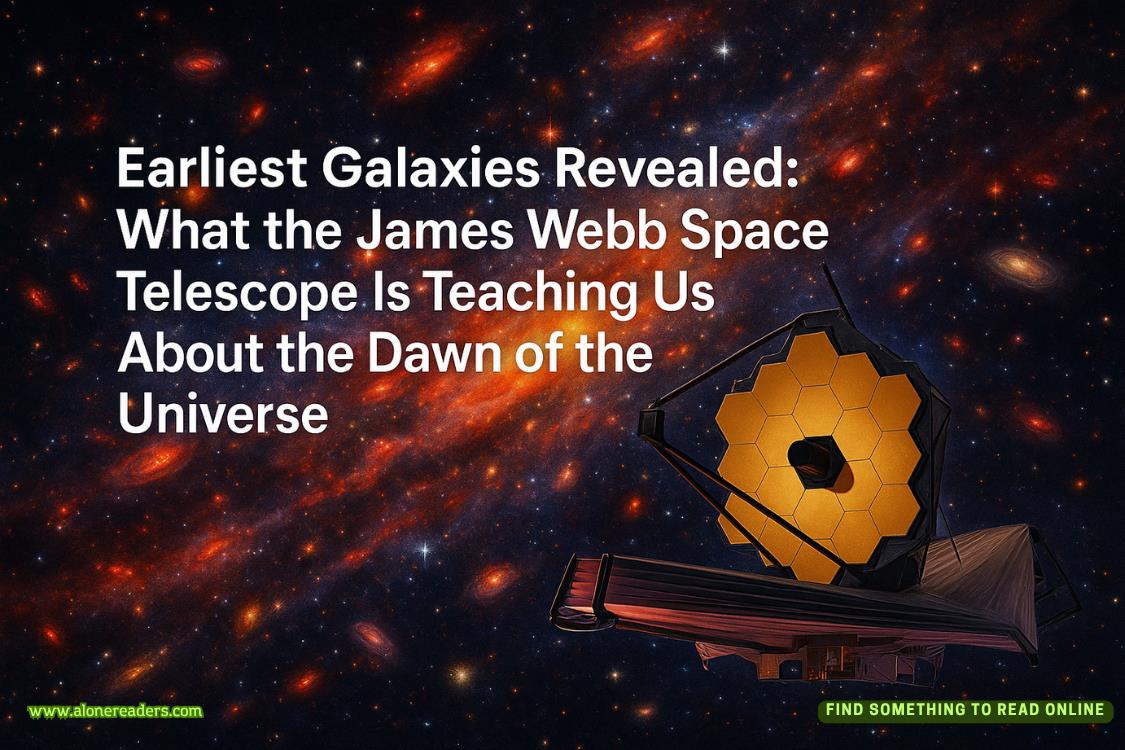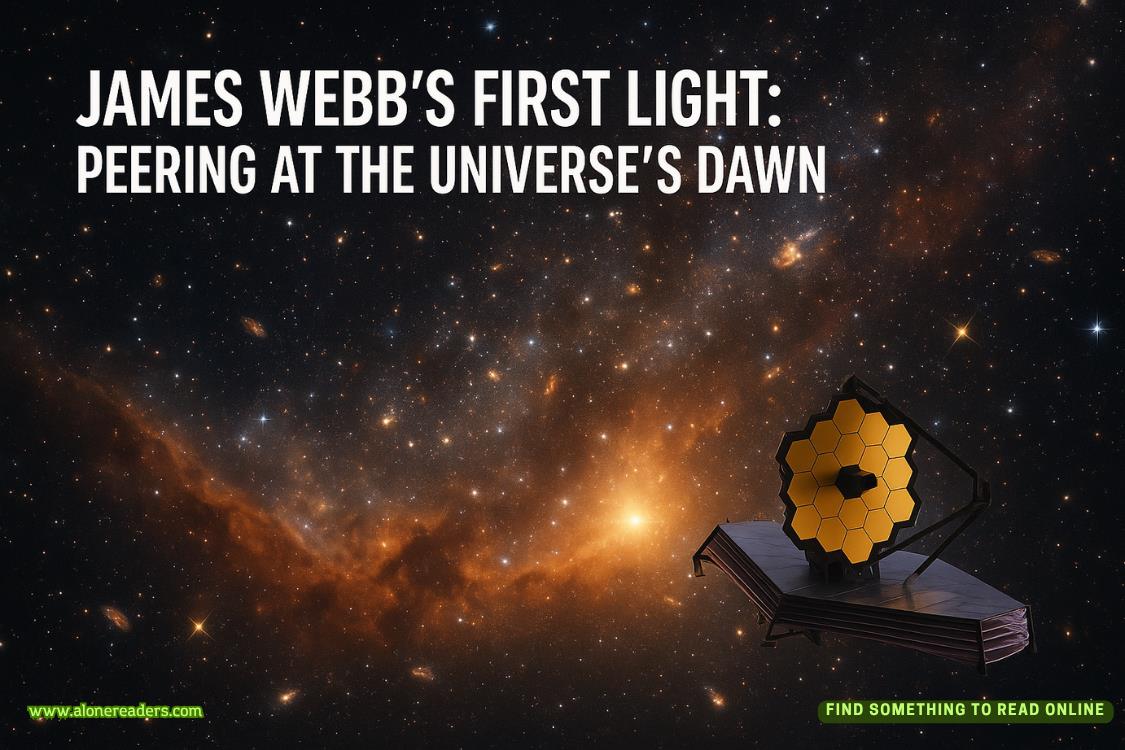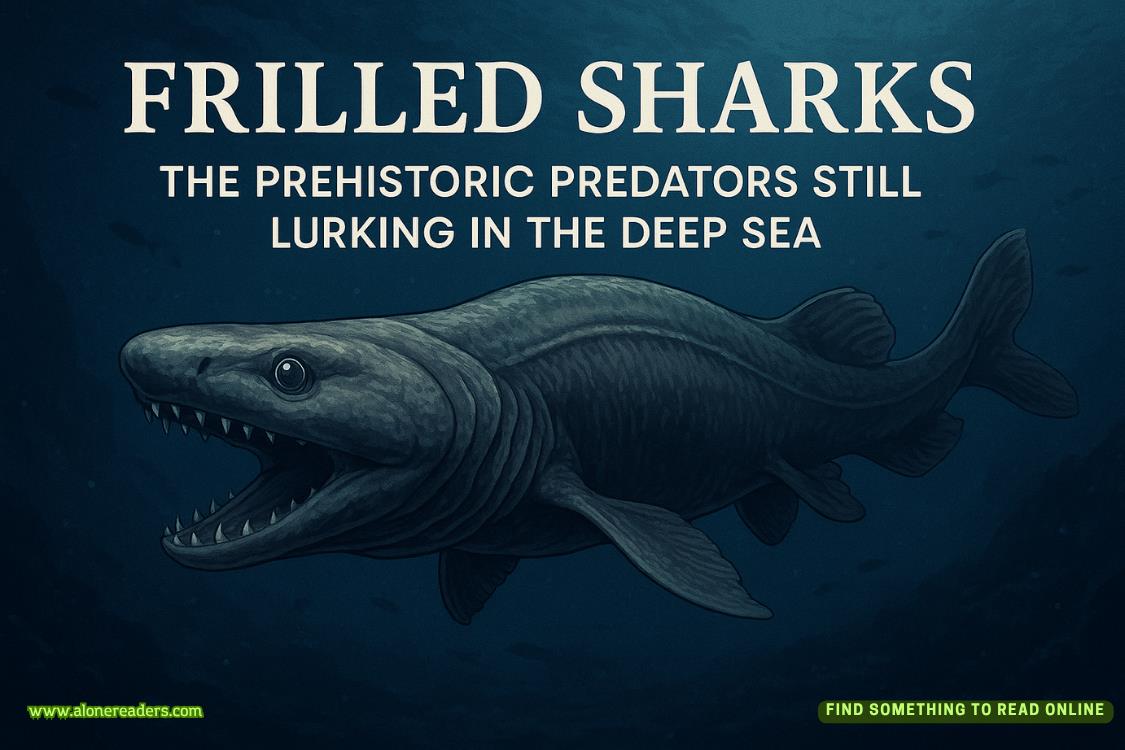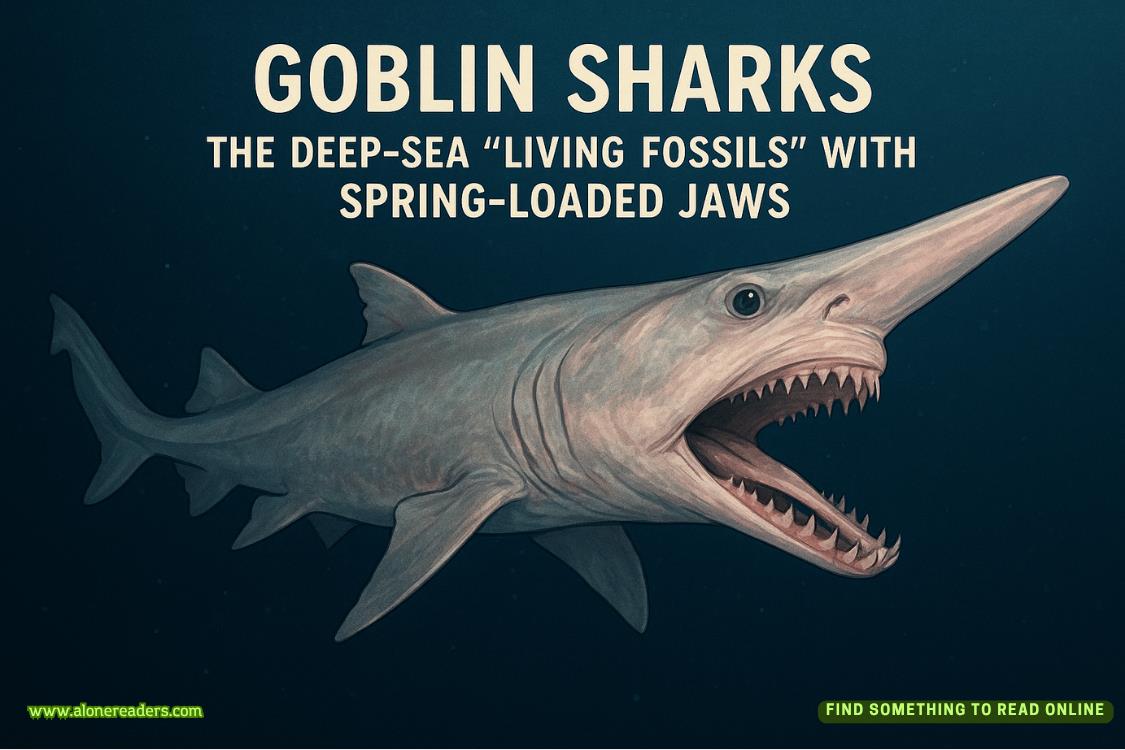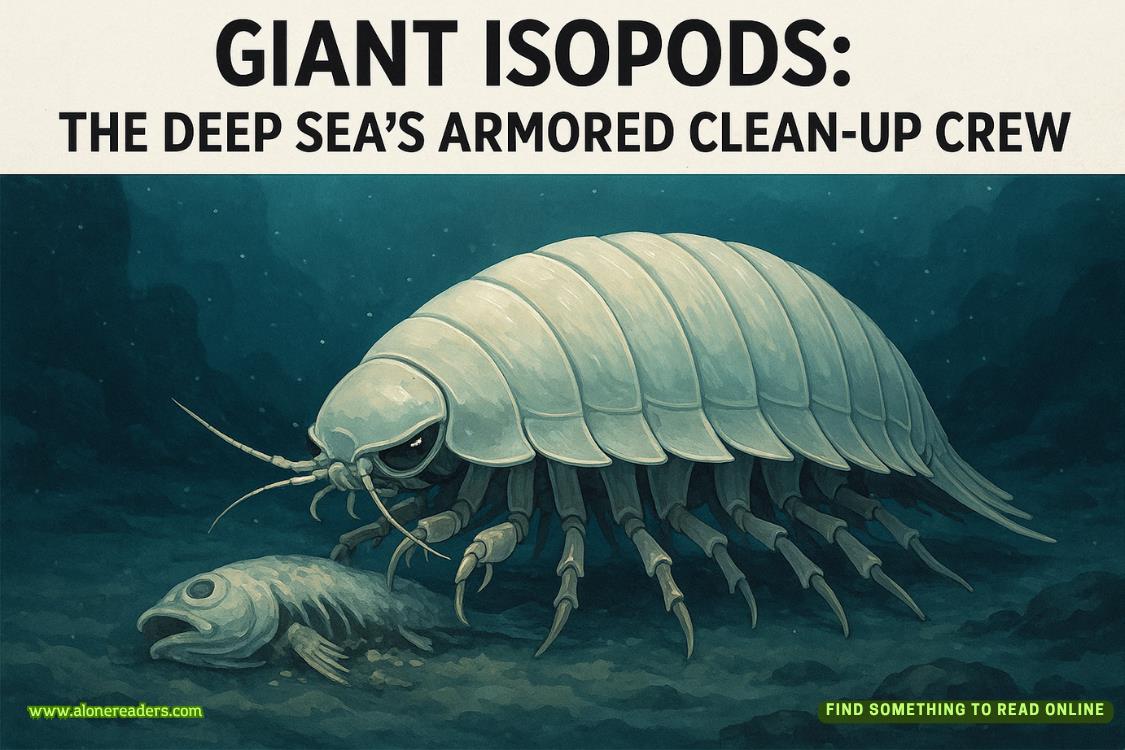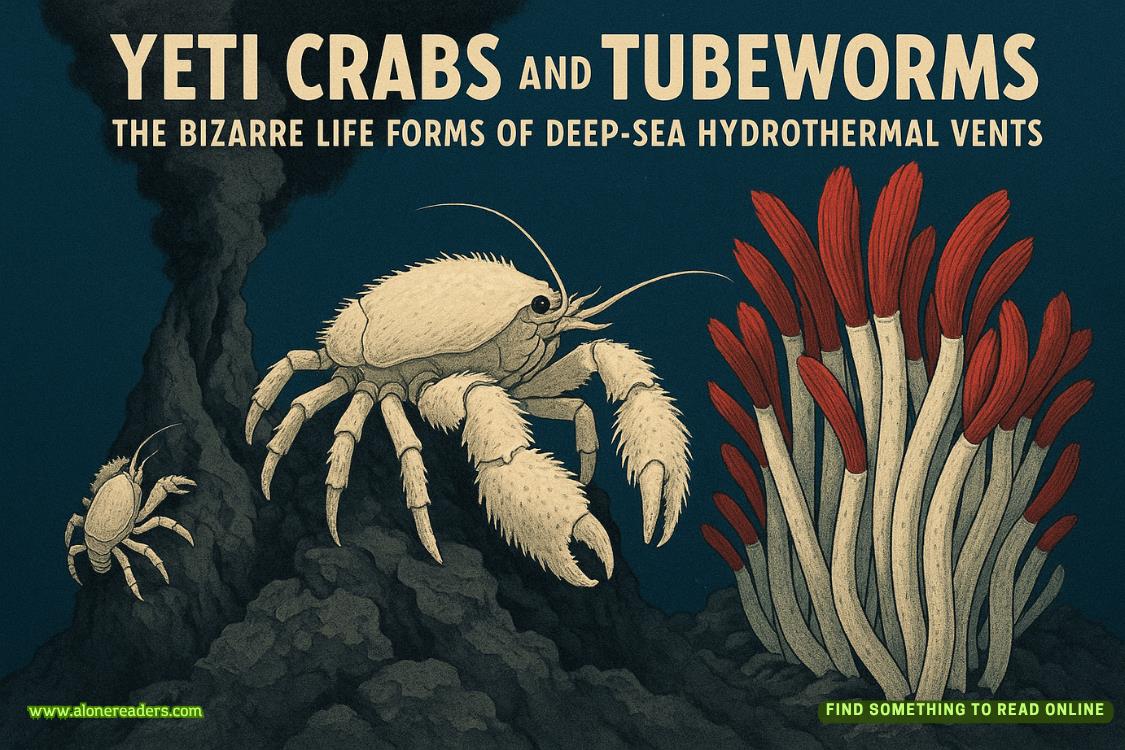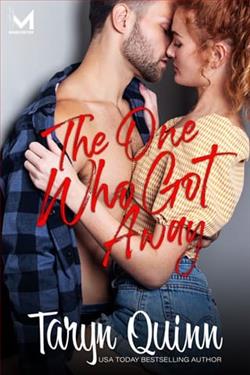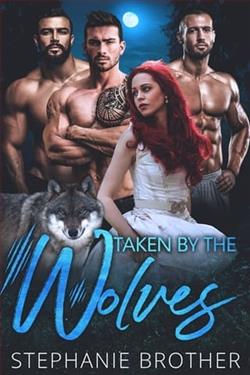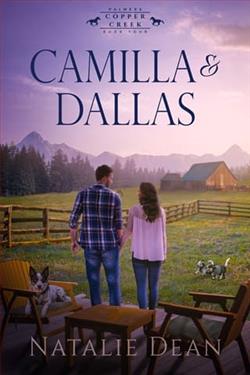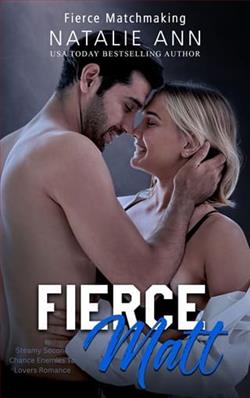Page 1 of There Should Have Been Eight
In this chilling thriller from New York Times bestselling author Nalini Singh, a remote estate in New Zealand’s Southern Alps hosts a reunion no one will ever forget.
Seven friends.
One last weekend.
A mansion half in ruins.
No room for lies.
Someone is going to confess.
Because there should have been eight. . . .
They met when they were teenagers. Now they’re adults, and time has been kind to some and unkind to others—none more so than to Bea, the one they lost nine long years ago.
They’ve gathered to reminisce at Bea’s family’s estate, a once-glorious mansion straight out of a gothic novel. Best friends, old flames, secret enemies, and new lovers are all under one roof. But when the weather turns and they’re snowed in at the edge of eternity, there’s nowhere left to hide from their shared history.
As the walls close in, the pretense of normality gives way to long-buried grief, bitterness, and rage. Underneath it all, there’s the nagging feeling that Bea’s shocking death wasn’t what it was claimed to be. And before the weekend is through, the truth will be unleashed—no matter the cost.
*************FULL BOOK START HERE*************
1
. . . around the cache of disturbing images found in the personal laptop of Judge Landis Beale. The judge has refused to speak to the media after his initial statement denying all knowledge of the images and declaring that his system had been hacked.
However, sources close to the investigation state that there is no evidence of hacking, and that it appears the judge has been collecting the images for close to a year.
Major media organizations continue to file appeals against the gag order that prohibits any description of the images.
—MORNING NEWS BULLETIN
2
But I’m afraid of the dark.
That was all I could think when the doctor looked at me, kind and gentle, and told me that I was going to go blind. A slow, steady road to relentless darkness. There were other words. Things like “best-case scenario” and “limited vision,” along with “cutting-edge developments” and “chance to optimize your habits,” but it had just been buzz, a swarm of disoriented bees in my head.
It’s been a year since that day. I now knew far too much about the genetic time bomb inside me, and my night vision was gone. But I could still see in the light, so I brought the camera up to my eye as the wind whipped my hair back from the open window, and I snapped a shot of one of the myriad waterfalls that cascaded down the fern-covered rocks of this final stretch of the West Coast.
We’d turn soon, going inland and upward as we made our way to the remote alpine area that housed Darcie’s family estate. I’d never had reason to visit that specific part of the country, but I’d heard that it was breathtaking, a photographer’s paradise. Still, that unknown landscape could never compete with my love for the black sands, rainforests, and jagged cliffs of this coast.
“We’re flying south for three days to walk one of the trails, then road-tripping up to the estate,” my best friend, Vansi, had said. “You should come! Kaea’s already on board and I’m going to ask Aaron and Grace, too.”
My love for this region was part of why I’d tried so hard to fly home early, join the road trip. But only a small part. When Darcie’s invitation had come and I’d realized everyone had said yes to the idea of a reunion, the key had turned, unlocking the bitter box of questions I’d kept stifled for nine long years.
All of us. Together again.
While I could still see, still judge their expressions.
It was time.
No more avoiding the one subject none of us could bear to talk about.
No more false cheer anytime we reminisced about the past.
No more pretending that Bea wasn’t dead.
My chest compressed in on itself, my eyes staring unblinkingly at the landscape beyond the window.
In the end, I’d only made this final stretch of the road trip. I’d needed to see my family, imprint their visages on my brain. Because the disease that had slumbered in my cells all my life was now well and truly awake. It was rare, the doctors had told me, and while they had data from other cases, there were no guarantees when it came to the timeline of progression.
I was a walking case study on its unpredictability: I’d been asymptomatic until I hit twenty-eight years of age. Such late onset was as rare as the disease itself. Most with the same diagnosis only got to keep their sight until their teens, or early twenties at best. I’d made it to almost thirty.
A gift.
More than a quarter century spent in blissful ignorance.
No awareness that there would come a day when my world would go blurry . . . then blink out, leaving me with nothing but ghostly afterimages of the life I’d once lived.
The diagnosis had turned me into a hoarder of memories.
After five days with my parents, brother, and grandparents in the frenetic energy of metropolitan Auckland, I’d made my way to Fox Glacier last night. The cabin I’d booked at the last minute had been low on the amenities front and chilly to boot, but was nestled inside primeval native bushland.
Giant tree ferns had shaded my back door, beyond them a landscape curling with mist. Soft focus provided by nature.
I’d taken more photographs, hoarded more memories—but I’d been ready to go when my friends drove in at ten that morning. The mist had faded by then, the sky ablaze with cool spring sunshine.
Hugs, cries of joy, grins exchanged.
It had all felt so painfully familiar, their voices and faces writ on my very bones. I’d never forget the fine details of any of their expressions, no matter how fast the curtain fell. We’d been part of each other’s lives at a pivotal moment, that breath between childhood and adulthood, when the whole world was full of possibility and our minds fearless.
